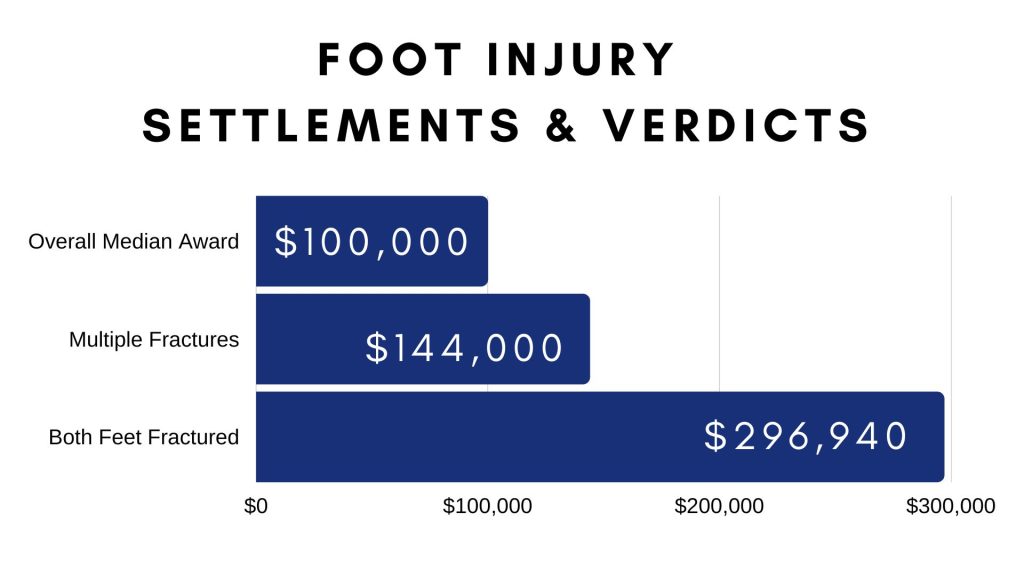Maryland’s Supreme Court will hear arguments on Friday regarding the state’s digital advertising tax, which targets companies like Amazon, Google, and Facebook. The tax applies to gross revenue from digital ads earned by companies with over $100 million in annual revenue.
The Act imposes a tax on companies with over $100 million in global annual gross revenue from digital ads earned in Maryland, ranging from 2.5% to 10%. Plaintiffs challenged the Act, alleging violations of the Commerce Clause, First Amendment, and preemption by the Internet Tax Freedom Act.

Anne Arundel County Circuit Judge Alison L. Asti’s ruled that the online tax contravenes the federal Internet Tax Freedom Act’s ban on discriminatory taxes on online services, given that Maryland does not impose a similar tax on non-digital advertising. The Circuit Court, in its ruling, stated that digital advertising is akin to traditional advertising and, as a result, Maryland’s DAT is discriminatory under the ITFA. The Comptroller has appealed, arguing that this ruling ignores substantial and fundamental distinctions between the operations of digital advertising platforms and traditional advertising methods.




